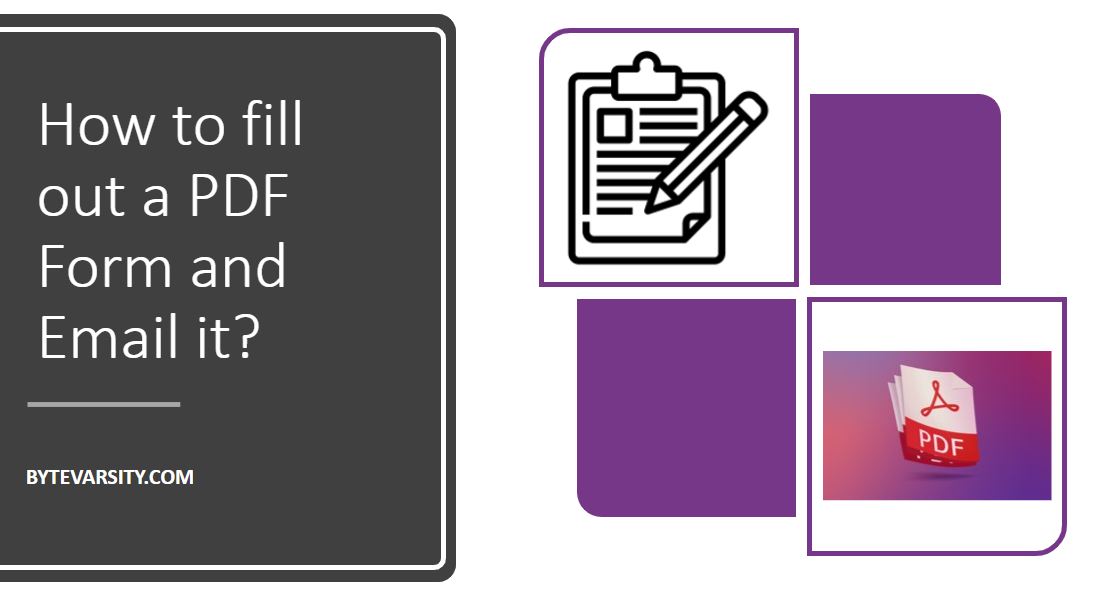Streamlining Construction Projects with a Common Data Environment (CDE)

Contents
Introduction
In the dynamic and ever-evolving world of construction, embracing innovative technologies is crucial for success. One such technological advancement that has revolutionized the industry is the Common Data Environment (CDE). A CDE serves as a centralized platform for project stakeholders to collaborate, store, and share crucial information throughout the construction lifecycle. This article aims to explore the concept of CDE in construction and shed light on its benefits and applications.
What is a Common Data Environment (CDE)?
A Common Data Environment (CDE) refers to a digital platform that revolutionizes how project information is managed and shared in the construction industry. It serves as a centralized hub where all stakeholders can collaborate, store, and access crucial data throughout the construction lifecycle. So, what is CDE in construction? Essentially, it is a game-changer that eliminates the limitations of traditional paper-based documentation and fragmented data storage systems, streamlining communication and enhancing efficiency. Construction professionals, including architects, engineers, contractors, subcontractors, and others, can securely store and retrieve project-related information within the CDE. This includes architectural drawings, engineering plans, specifications, schedules, progress reports, and communication logs. By utilizing a CDE, teams ensure that everyone involved has access to the most up-to-date and accurate information, minimizing the risks associated with outdated or conflicting data.
Key Features and Benefits
Enhanced Collaboration: A CDE promotes collaboration by providing a shared workspace where project participants can contribute, review, and comment on project information in real time. This eliminates the need for manual document exchange, reducing the risk of miscommunication and ensuring that all team members are working with the same set of information.
Version Control and Document Management: Construction projects involve numerous iterations and revisions of plans and documents. A CDE ensures version control, allowing project teams to track changes, access previous versions, and maintain an audit trail of document history. This feature improves efficiency, minimizes errors, and ensures compliance with regulations.
Improved Data Security: Construction projects deal with sensitive and confidential information. A CDE provides robust security measures, such as user access controls, encryption, and data backups, to safeguard data integrity and prevent unauthorized access. This ensures that confidential project information remains protected throughout its lifecycle.
Time and Cost Savings: Traditional construction projects often face delays and cost overruns due to miscommunication and inefficiencies. By centralizing project data and streamlining communication, a CDE reduces the time spent searching for information, resolving conflicts, and coordinating tasks. This leads to improved project efficiency, reduced rework, and ultimately, cost savings.
Applications of CDE in Construction
Design and Planning: Architects and designers can use a CDE to collaborate on design models, share drawings and specifications, and gather feedback from various stakeholders. This allows for early identification and resolution of design clashes, resulting in better design coordination and improved project outcomes.
Construction and Project Management: During the construction phase, a CDE becomes an essential tool for managing project schedules, tracking progress, and ensuring compliance with specifications. Contractors and subcontractors can access updated drawings, RFIs (Request for Information), and other project-related information, facilitating smoother on-site operations.
Facility Management and Maintenance: A CDE’s usefulness extends beyond project completion. It can serve as a valuable resource for facility managers to access as-built information, maintenance records, and equipment manuals. This enables efficient facility management and aids in future renovations or expansions.
Conclusion
In an industry as complex as construction, effective collaboration, streamlined communication, and accurate information management are paramount to project success. The implementation of a Common Data Environment (CDE) addresses these needs by providing a centralized platform for collaboration and data sharing. With its numerous benefits, including enhanced collaboration, improved data security, and time and cost savings, a CDE is becoming an indispensable tool for construction professionals. By embracing this technology, the construction industry can overcome traditional challenges, deliver projects more efficiently, and pave the way for a more productive and sustainable future.






